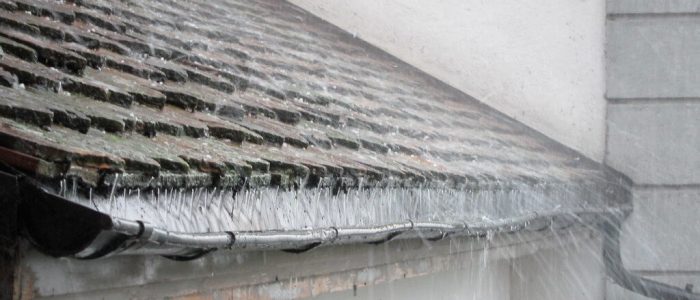Rainwater Harvesting – Using UK’s Rising Rainfall Rate to Save Home Energy Costs!
The frequency of exceptionally heavy rainfall across the UK appears to have increased, according to a new report by the Met Office*. But it may not be only a sump pump that many residential and business properties may now need to install in their basements or cellars. Sustainable and cost-effective energy use is also a key priority and most properties would clearly benefit from using a system of rainwater harvesting.
*Met Office analysis reveals that when comparing the most recent decade, 2008-2017 to 1961-1990:
- The highest rainfall totals over a five day period are 4 per cent higher.
- The amount of rain from extremely wet days has increased by 17 per cent.
– “State of the UK Climate” Report, July 2019
Article Chapters
Pumps filtered rainwater straight to appliances
Collecting rainwater in a “butt” for use in the garden is a trusted, centuries old activity. A rainwater harvesting system is very similar but with the addition of a pre-tank filter, electric pump and management system with which to supply, for example, a toilet, washing machine or dishwasher.
Two types of systems are available to be retrofitted, either a “Gravity-fed” version requiring a header tank, or a “Direct” system that pumps filtered rainwater straight to appliances at mains pressure. The water is stored in a tank above (or below ground), the size of which, depends on the roof type and available surface area, and average local rainfall.
A critical element of any harvesting system is the “initial rainwater” filter, which should be non-blocking and does not require a “first flush” diverter to handle an initial quantity of rainfall. There is also an option for increasing the level of water purity (to bathing or even drinking quality) by the additional fitting of a fine sediment filter and an anti-bacterial UV unit.
1 per cent of UK greenhouse gas caused by energy to pump mains water
The Energy Saving Trust (EST) say that the average household in the UK currently uses around 330 litres of water a day, and around one fifth (17 per cent) of the average domestic energy bill is for the heating of water. EST claim that nearly 1 per cent of the UK’s annual greenhouse gas emissions is caused by the amount of energy required to treat and pump mains water as well as collecting and treating wastewater.
Each year a domestic roof collects around 85,000 litres of water, say the Trust, who suggest that the use of a rainwater harvesting system would cut the use of mains water by half and save homeowners around 50 per cent on annual water bills.
Collecting rainwater could cut your annual water heating bills by a half!
Find out more about which type of rainwater harvesting system is best for you
TEL 01634 215192 EMAIL info@www.kdpumps.co.uk

